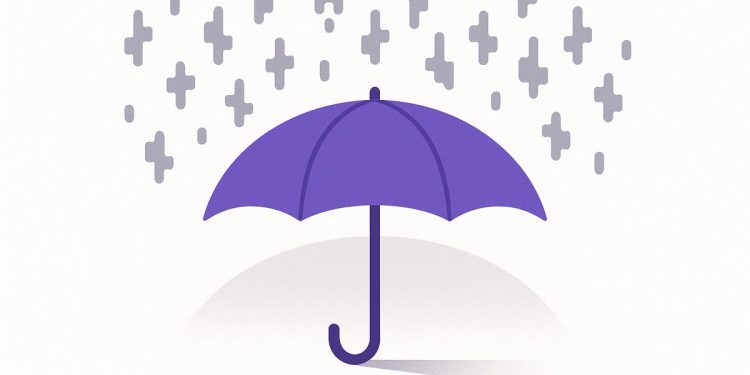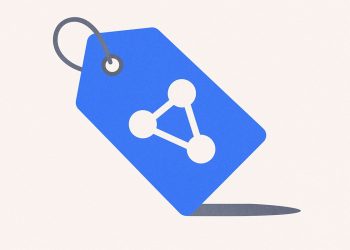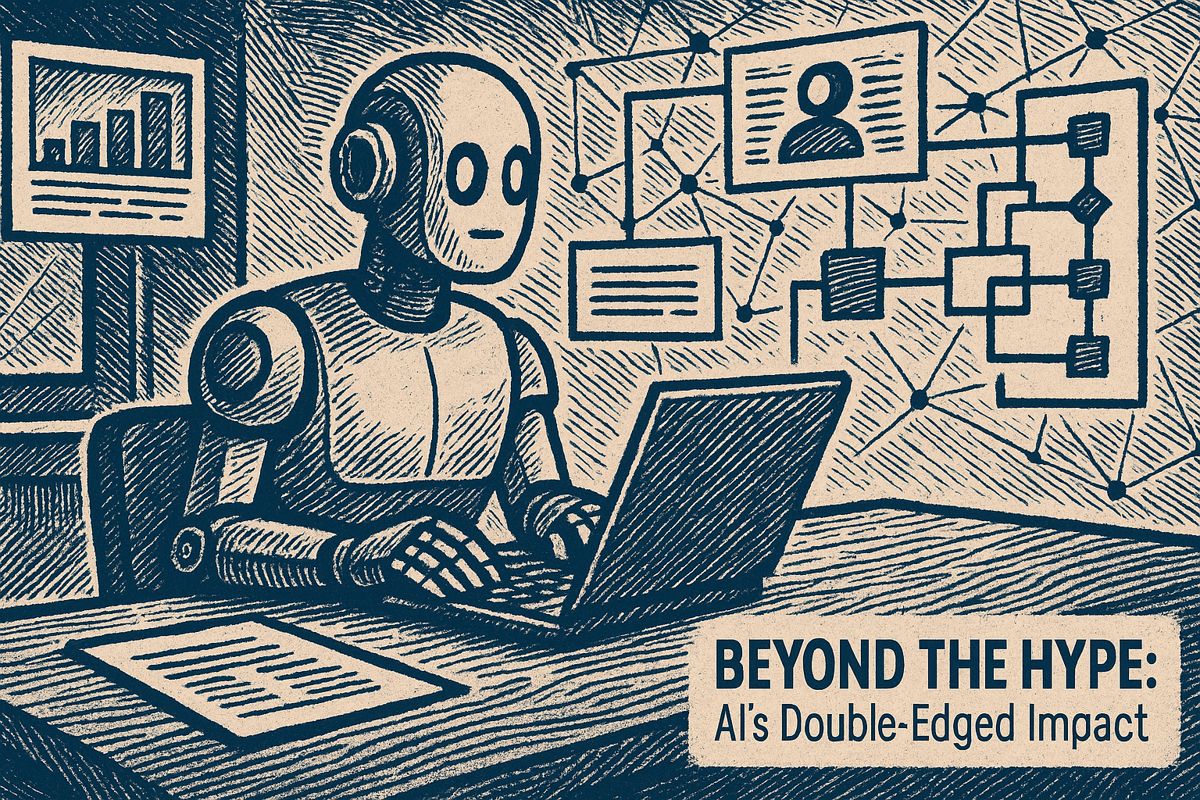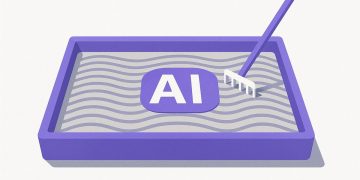For many workers fearing AI, the result is significant mental health strain, highlighting the human cost of rapid automation. As companies deploy generative models, employee anxiety is clashing with leadership indecision. This analysis provides data-driven insights and actionable steps for navigating this transition effectively.
Evidence of rising strain
Recent studies reveal a direct link between AI-related job anxiety and poor mental health outcomes. For workers worried about AI making their roles obsolete, over half report negative mental health effects from their job, a significantly higher rate than their unworried colleagues, with younger generations feeling the most pressure.
Data from the APA 2024 Work in America report confirms that fear of job loss drives workplace stress. Of employees who believe AI threatens their role, 51% report that their job harms their mental health, compared to just 29% of unconcerned peers. This anxiety is most acute among younger workers, with 48% of those aged 18-25 fearing obsolescence.
Interestingly, burnout rates differ based on direct AI engagement. Research from Workplace Intelligence shows that only 41 percent of frontline AI users feel burned out, versus 54% of non-users. This suggests that hands-on experience with AI tools can alleviate workload pressures, though significant adoption gaps remain.
Leadership teams show a fractured consensus on AI. Polling data reveals that while 40% of U.S. executives endorse AI in the workplace, 17% disapprove, a division that fosters inaction (38 percent of U.S. workers). This leadership paralysis creates a guidance vacuum, leading to unsanctioned AI use that compromises both corporate governance and employee psychological safety.
How leaders can restore momentum
Effective leadership during this transition hinges on two core priorities: safeguarding employee wellbeing and demystifying the company’s AI strategy.
- Proactively monitor wellbeing: Use wellness dashboards to identify early indicators of stress, such as spikes in after-hours work or reduced team collaboration.
- Communicate a clear vision: Articulate and consistently repeat a simple message: AI is a tool to enhance productivity, not eliminate roles.
- Facilitate hands-on learning: Provide low-stakes micro-learning opportunities for staff to experiment with new AI tools, reducing anxiety around skill gaps.
- Empower internal champions: Establish a network of cross-functional “AI champions” to collect feedback, share successes, and escalate challenges to leadership.
- Enforce healthy work boundaries: Actively monitor for and manage overtime, requiring manager approval to prevent chronic overwork.
From paralysis to purposeful action
Psychological safety is the cornerstone of any successful AI adoption. When teams feel secure enough to voice concerns and ask questions, they can adapt and innovate more quickly. Leaders must foster this environment by acknowledging uncertainty, transparently sharing pilot program results, and actively soliciting honest feedback. Such steps transform indecision into purposeful, human-centered innovation.
How common is AI-related anxiety among U.S. workers?
38% of U.S. employees say they worry that AI may make some or all of their job duties obsolete. Among this group, 51% report that their work is harming their mental health, compared with only 29% of workers who are not worried about AI. Younger adults feel the pressure most: 48% of 18- to 25-year-olds fear job obsolescence, nearly double the rate of workers 65 and older.
Why does AI usage sometimes lower burnout instead of raising it?
Frontline employees who regularly use AI report burnout at 41%, while non-users hit 54%. The difference is tied to perceived control: when people understand the tool and see it removing drudgery, workload feels lighter. Conversely, unclear or top-down AI roll-outs strip away autonomy and spike stress, showing that how AI is introduced matters more than the tech itself.
What exactly is “leadership paralysis” in the AI era?
It is the freeze that happens when executives fear making the wrong AI decision – whether that is investing too fast, too slow, or in the wrong platform. Over 40% of business leaders approve of AI, yet 17% openly disapprove, and many in the middle delay action until certainty arrives. The result is communication vacuums that leave employees guessing, magnifying rumor-driven anxiety.
Which practical steps reduce AI burnout the fastest?
- Publish a transparent AI-use charter – one page that spells out what the tool will and will not do.
- Run pulse surveys every two weeks; share anonymized results within 72 hours.
- Automate low-value tasks first so staff feel immediate relief, not threat.
- Train managers to host 15-minute “AI check-ins” during existing one-on-ones; simply asking “How is the new tool sitting with you?” cuts stress measurably.
- Celebrate early wins publicly – teams that see peers saving time with AI shift from fear to curiosity.
How can employees protect their own mental health while AI keeps evolving?
- Ask for training instead of waiting for it; organizations rarely refuse a specific, budget-light request.
- Keep a “humans-only” list of tasks you own that require creativity or empathy, and negotiate to protect them.
- Use AI to monitor AI: free plug-ins can track after-hours keystrokes and nudge you to take breaks before burnout hits.
- Practice self-compassion; research shows self-criticism rises during tech transitions, so scheduled downtime is not indulgent – it is preventive care.
- Form a peer “AI champion” circle; shared experiments lower individual risk and give the group data to flag problems early.



















